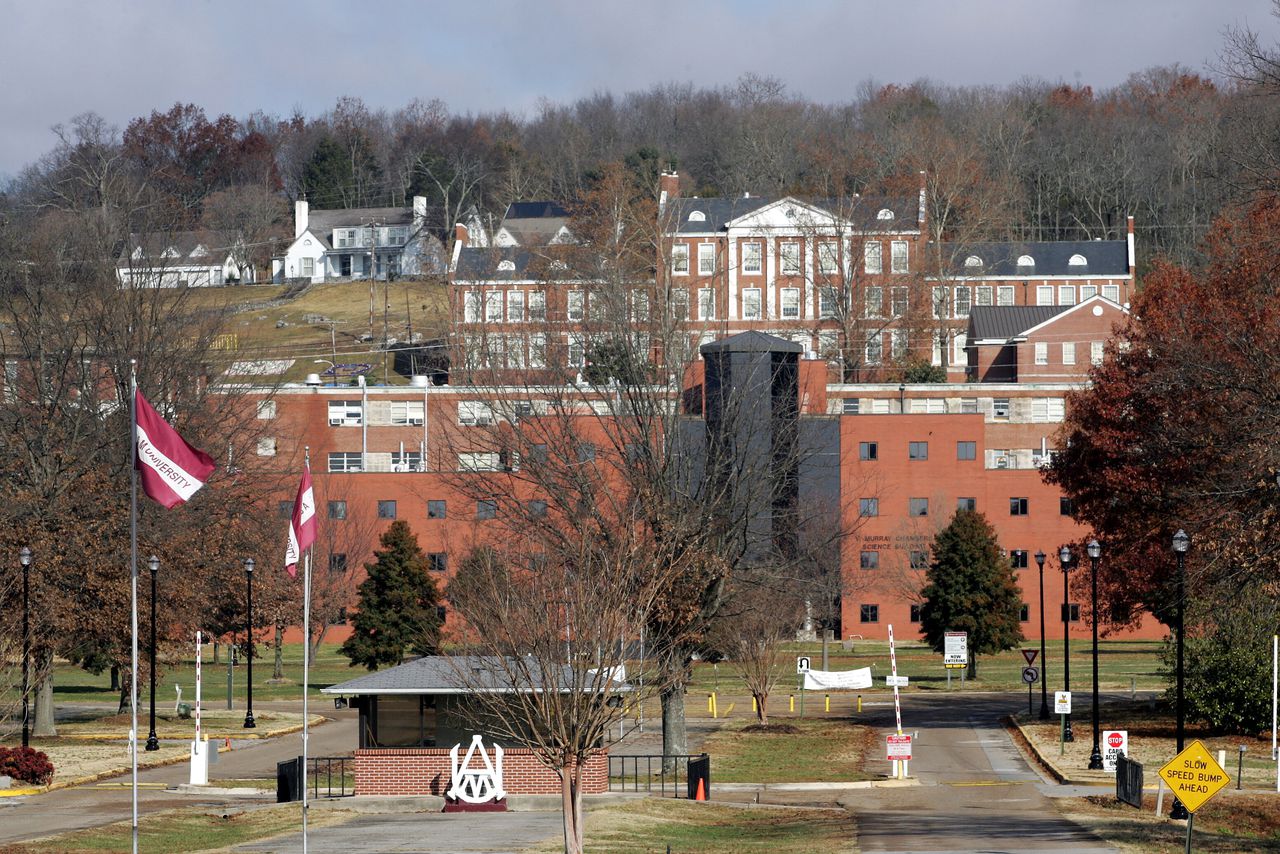Alabama A&M owed $527 million in missed funding, new analysis says
Two federal agencies are calling on Gov. Kay Ivey to address a “severe financial gap” between the state’s historically Black and predominantly white land grant universities.
In the past 30 years alone, the state has underfunded Alabama A&M University by more than half a billion dollars, federal officials said in a series of letters issued to governors on Monday.
States are supposed to provide equal funding to public land grant institutions – in Alabama, those schools are Auburn University, Alabama A&M and Tuskegee University – but often have shortchanged the historically Black institutions, experts say. A new analysis estimates that Black land grants in 16 states have lost out on a collective $12.6 billion in funding.
Using the latest available federal data from 1987 to 2020, officials determined that Alabama A&M had been underfunded by $527,280,064 in that time span.
“Alabama A&M University, the 1890 land-grant institution in your state, while producing extraordinary graduates that contribute greatly to the state’s economy and the fabric of our nation, has not been able to advance in ways that are on par with Auburn University, the original Morrill Act of 1862 land-grant institution in your state, in large part due to unbalanced funding,” Miguel Cardona and Thomas Vilsack, secretaries of the U.S. Department of Education and Agriculture, said in the letter.
Land grant institutions are colleges built between 1862 and 1890 with grants from the federal government, which aimed to help working class Americans gain access to higher education. But for decades, states have substantially underfunded Black land grant colleges compared to their white counterparts, experts say.
Historically Black institutions also tend to have lower endowments and pay higher borrowing rates than white schools, researchers said.
“The longstanding and ongoing underinvestment in Alabama A&M University disadvantages the students, faculty, and community that the institution serves,” the letter continued. “Furthermore, it may contribute to a lack of economic activity that would ultimately benefit Alabama.”
Federal officials are now advising the governor to substantially boost funding for the college in the state budget, and have offered to match that funding with federal dollars.
“These funds could have supported infrastructure and student services and would have better positioned the university to compete for research grants,” the letter stated. “Alabama A&M University has been able to make remarkable strides and would be much stronger and better positioned to serve its students, your state, and the nation if made whole with respect to this funding gap.”
Below is a list of other universities identified by the agencies, and the amount of money they should have been allotted in the past 30 years.
- The University of Arkansas at Pine Bluff – $330,935,712
- Florida A&M University – $1,973,081,216
- Fort Valley State University – $603,156,480
- Kentucky State University – $172,135,168
- Southern University and A&M College – $1,126,149,248
- University of Maryland Eastern Shore – $321,181,312
- Alcorn State University – $257,807,216
- Lincoln University – $361,569,760
- Langston University – $418,986,272
- South Carolina State University – $469,956,832
- Tennessee State University – $2,147,784,704
- Prairie View A&M University – $1,135,496,704
- Virginia State University – $277,544,416
- West Virginia State University – $852,622,464
- North Carolina A&T State University – $2,079,934,848
